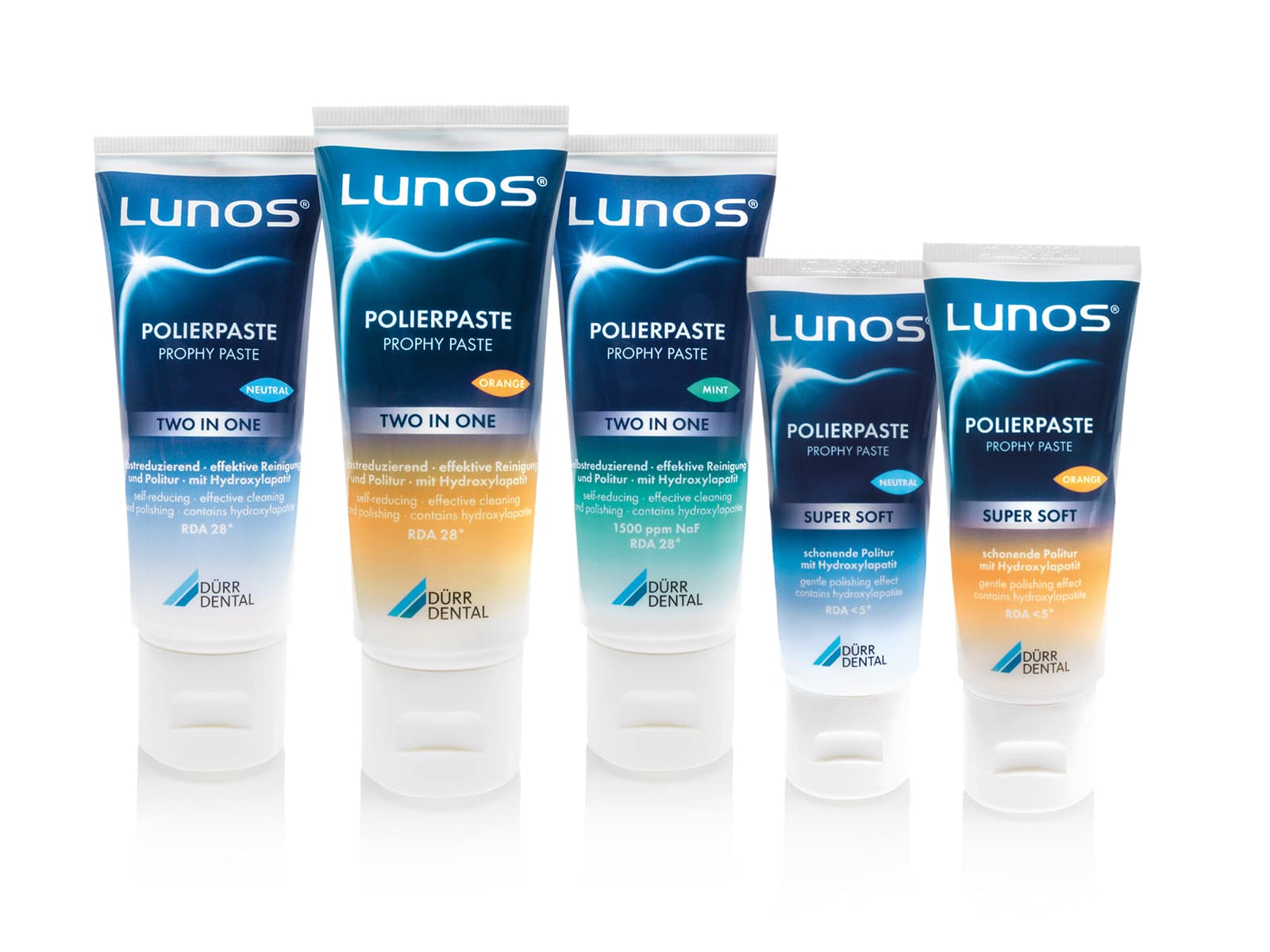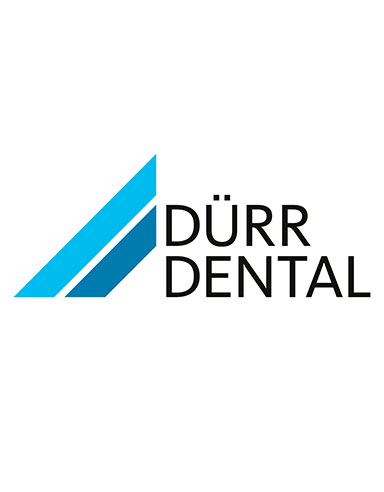Are those of us employed in dental practices more at risk of becoming infected with viruses?
It is a well known fact that droplets and aerosols can cause infections. When treating a patient, dental aerosols can be generated by rotating instruments, mechanical scalers or powder-water jets. During this process, the cold water from the instruments mixes with the patient’s spit and blood. However, aerosols are also generated regardless of whether treatment is taking place or not: they arise with every breath, when we talk, laugh, sing, cough or sneeze. Aerosols enable pathogens, including coronaviruses, to be transmitted via the upper respiratory tract and throat. During dental treatment, the distance between the therapist and the area where dental work takes place (the patient’s oral cavity) is very small. In view of this, specific infection control measures have played an important role at dental practices for decades. The latest statement from the DGZMK (German Society of Dental and Oral Medicine) (S1 Guideline: Treating dental patients under pathogen loads that can be transmitted by aerosols) (1)) points out that, according to WHO and the Robert Koch Institute (RKI), dental treatments that cause dental aerosols create a significantly increased risk of infection for medical employees as a result of SARS-CoV-2.
For this reason, on 26 June 2020, the German Dental Association (2) recommended: “For reasons of preventive health care, the creation and spread of dental spray should be reduced.
Does this recommendation allow for the performance of low-aerosol professional teeth cleaning by prophylaxis experts without the implementation of any further measures?
A reduction of dental aerosols in professional teeth cleaning can be achieved by measures such as avoiding the use of powered instruments and returning to traditional manual instruments and polishing, that being an integral part of the original concept of a “traditional recall appointment” (as per Axelsson and Lindhe). In the era of powder jet technology and ultrasound, some dental professionals may find it difficult to make the switch in this regard, perhaps because they have slowly forgotten some of the routine in handling manual instruments and polishing. However, in high-risk periods, it is worth considering whether the traditional recall appointment as per Axelsson and Lindhe (3–7), which was valid for a number of decades and has proven successful, may once again becoming a legitimate option again. Opponents to this traditional approach argue that as yet there is no evidence that dentists and/or dental professionals have been infected with coronaviruses as a result of dental aerosols in the dental practice. This is in fact true: there is no evidence of this so far. However, the general consensus is that a risk exists due to the creation of aerosols and, so far, it has been possible to only reduce this risk with suitable safety measures but not eliminate it completely. In the current conditions, there are no arguments against professional teeth cleaning based on the traditional method proposed by Axelsson and Lindhe. This broadly prevents any additional load caused by dental aerosols, as recommended by the German Dental Association and German Society of Dental and Oral Medicine.
The traditional professional teeth cleaning model as per Axelsson and Lindhe:
The goal of professional teeth cleaning has always been the same:
1. To gently remove hard and soft coatings (biofilm/plaque, calculus/concrement) and
2. To improve domestic oral hygiene.
Both of these pillars stand for the success of Axelsson and Lindhe’s classic model for improving dental and oral health. We know now that general health and oral health are closely linked. For this reason, querying the patient’s general and specific medical history is essential at the beginning of every professional teeth cleaning session. Before the start of a professional teeth cleaning appointment, all patients should use an anti-microbial dental rinse to reduce the germ load in aerosols (8). Using a dental rinse could significantly minimise the risk of pathogens being transmitted (9). A diagnosis of the teeth and gums is then performed and analysed with the help of indices in order to avoid over- or under-treatment. Instruments are only used on areas where plaque and calculus are visible. To better highlight supragingival coatings, use of a plaque disclosing solution is recommended, e.g. Mira2-Ton ® (fig. 1).
To remove hard and soft coatings, the focus of Axelsson and Lindhe’s traditional model is on the use of manual instruments and polishing. In particular, patients with sensitive teeth prefer manual instruments followed by a polish as opposed to machine-based intervention. This approach can still be implemented in practice, even today. The advancement of scalers and curettes has gradually made use of these instruments significantly easier for users. Nowadays it is possible to forego the use of some instruments (e.g. through the use of double gracey curettes). Specially coated manual instruments mean that even the laborious process of sanding can now be omitted.
Periodontal manual instruments, e.g. from Hu-Friedy or American Eagle, are used to carefully remove mineralised deposits, pigmentation and supra- and subgingival soft coatings.
Because the use of instruments roughens the surface of the teeth, a gentle polish must always take place as a final step. The motto here is “as thoroughly as necessary, as gently as possible.".
Company
Risk-oriented professional teeth cleaning during a pandemic
One virus has been dominating humankind for months: SARS-CoV-2, also known as coronavirus. It measures around 100 nanometres in diameter. Around 10,000 of these virus particles strung together measure one millimetre. The virus weighs one femtogram. One billion of these virus particles weigh in at around 1 milligram. You can’t see it, smell it or taste it. Tiny droplets and aerosols enabled the virus to spread rapidly around the world, and it is still continuing to spread, particularly in unventilated rooms.

